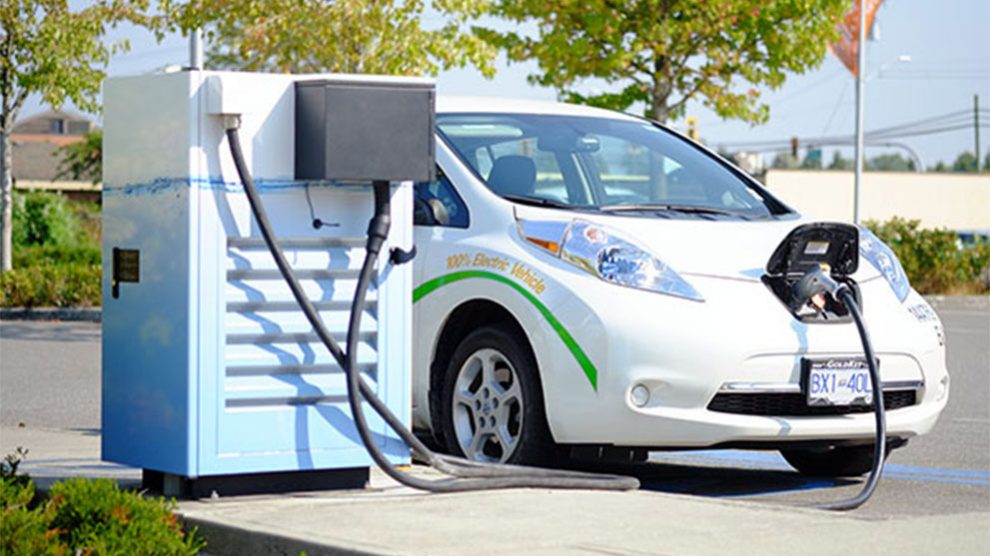Recently, India rallied its vision to be energy efficient by 2023. This created enormous scope in the area of Electric mobility and the need as a nation to understand the potential of EV space increased until an in breather to the auto industry firms was announced on Tuesday, 20th of August.
This unexpected move by the government not to aggressively push for EVs became was in fact a major drawback to the NITI Aayog’s proposition to stop the enlistment of the internal Combustion engine (ICE)- driven three-wheelers by 2023 and bikes under 150cc by 2025.
According to sources the Government of India shall gradually increase the share of electric vehicles rather than causing a major ‘disruption’ in the sector, dumping many aspects of encouraging sales in EV space.
On the contrary, it won’t resort to discouraging sales from Auto Manufacturers as they are believed to be the main contributor to GDP and employment.
Government bends to the pressure tactics of Auto Manufacturers:
Pressure Tactic 1: Having flagged the issue to the Finance Minister Nirmala Sitharaman, Heavy industry minister Arvind Sawant, Automakers pointed out the push of EV as a flaw and outwardly convinced that it led to their decline of sales at the fastest pace in 18 years.
Pressure Tactic 2: Of course, many individuals in the vehicle business who were also intrigued by the Niti Ayog shot back in protest against the move.
“The government has to be sympathetic to the downturn that has gripped the auto industry,” Auto Makers argued.
Pressure Tactic 3: Taking advantage over the situation SIAM lobbied and raised a demand for approval for registration of BS-IV compliant vehicles after April 1. It said that the manufacturers can exhaust their production till March-end. This plea will be heard in the Supreme Court shortly.
All these resistance has now resulted in the proposal being shelved for a while. This makes one question if the government has become sympathetic toward auto firms with its decision to go slow on pushing Electric Mobility?
Slowing down the promotion for electric vehicles:
It shows that the government has not only succumbed to the pressure of one section of the business community but also has tarnished the image of Niti Ayog and it’s policies.
In the due course, several initiatives have been put on hold including discouraging the sale of ICE vehicles and the plan to increase registration charges for petrol and diesel vehicles. The transport ministry’s draft notification proposing to increase the registration fee for new ICE cars to Rs 5000, instead of rs 600 will also be out of the question for now.
Earlier, the Government of India had reported an expense of ₹10,000 crore for stage II of the Faster Adoption and Manufacturing of Hybrid and Electric Vehicles (Phase 2) plot. The center has endorsed ₹8,596 crore for incentives, of which ₹1,000 crore has been reserved for setting up charging stations.














Add Comment